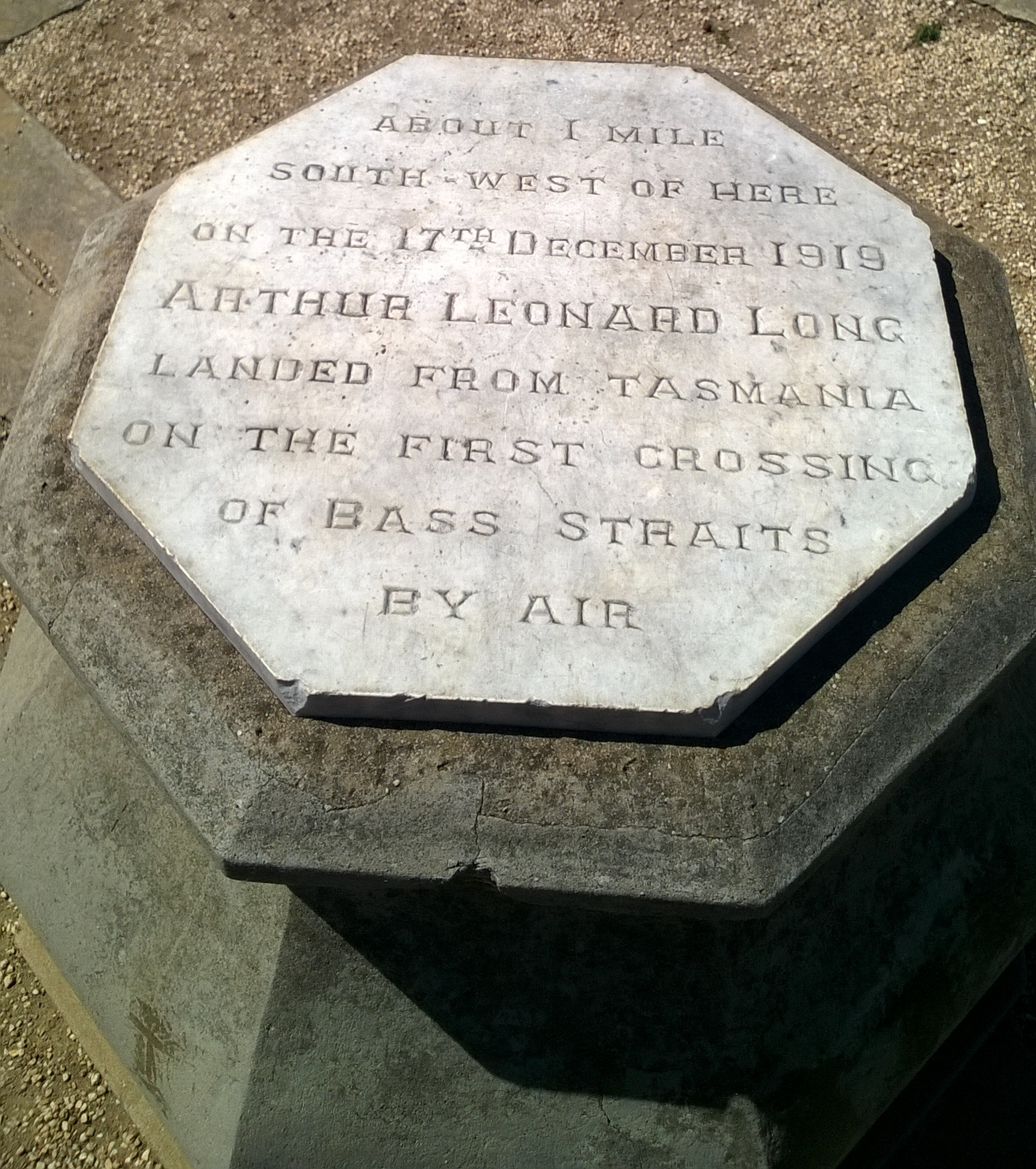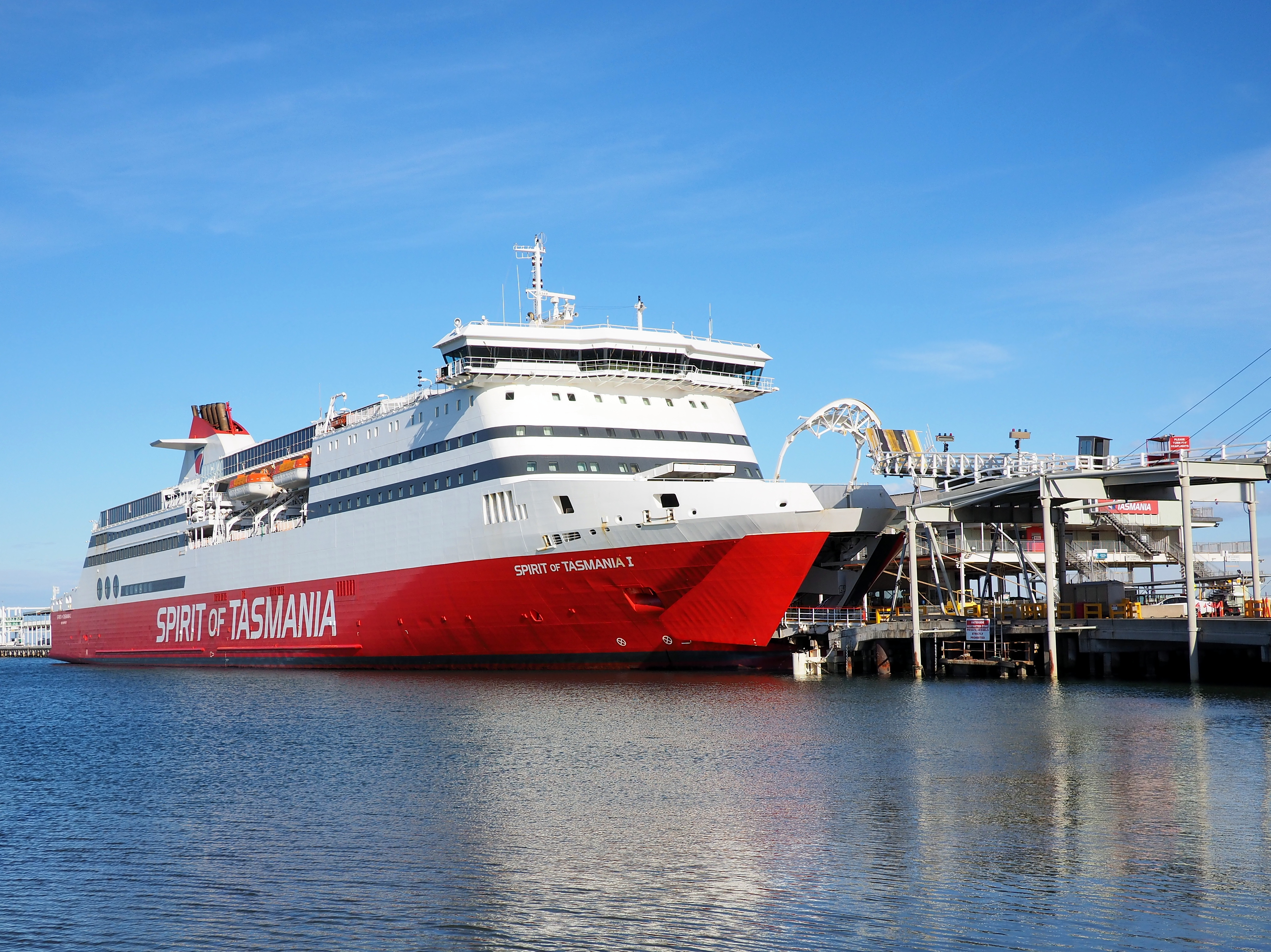|
SS Loongana
SS ''Loongana'' was a Bass Strait passenger ship initially owned by Union Steamship Company of New Zealand. In 1922 she was transferred to Tasmanian Steamers Pty Ltd. SS Loongana was in service between 1904-1934 and was the first ship registered in the Southern Hemisphere with steam turbine propulsion. During the 1912 North Mount Lyell Disaster she crossed the strait in 12 hours and 46 minutes at , carrying rescue gear from Victorian Victorian or Victorians may refer to: 19th century * Victorian era, British history during Queen Victoria's 19th-century reign ** Victorian architecture ** Victorian house ** Victorian decorative arts ** Victorian fashion ** Victorian literature ... mines. Loongana is an Aboriginal word meaning to be swift or to fly. Sources * * External links * * Bass Strait ferries History of transport in Tasmania Ships of the Union Steam Ship Company {{ferry-stub ... [...More Info...] [...Related Items...] OR: [Wikipedia] [Google] [Baidu] |
Union Company
Union Steam Ship Company of New Zealand Limited was once the biggest shipping line in the southern hemisphere and New Zealand's largest private-sector employer. It was incorporated by James Mills in Dunedin in 1875 with the backing of a Scottish shipbuilder, Peter Denny. Bought by shipping giant P&O around the time of World War I it was sold in 1972 to an Australasian consortium and closed at the end of the twentieth century. History James Mills James Mills had worked for Johnny Jones and his Harbour Steam Company. After Jones’ death in 1869 Mills tried twice to float a Union Steam Ship Company of New Zealand Limited without attracting enough interest from local investors but in 1875 he found backing from Scottish shipbuilder Peter Denny in return for Union Steam Ship orders for Denny's Dumbarton shipyard. The Denny-built ''Hawea'' and ''Taupo'', both then large by local standards, arrived in mid 1875 and entered service. Union Steam Ship took over the Harbour Steam Compa ... [...More Info...] [...Related Items...] OR: [Wikipedia] [Google] [Baidu] |
Tasmanian Steamers Pty Ltd
Tasmanian Steamers Proprietary Limited was a company that operated passenger ferries across the Bass Strait from 1921 to 1959. It was jointly owned by the Union Steam Ship Company and Huddart Parker. History The company was formed on 22 December 1921. Its ships had many difficulties over the 38 years of operations, including World War II, when some of its ships had already been through World War I. In that war one of its ships, , was a troopship for Australia and also New Zealand for a short time. The company ceased passenger operations in 1959 when the Australian National Line Australian National Line (ANL) was a coastal shipping line established in by the Government of Australia in 1956. It was sold in 1998 by the Howard government to CMA CGM. History Australian National Line was formed on 1 October 1956 as the ... took over. Fleet * * * * * Streets in the Burnie suburbs of Shorewell Park and Malonga Park are named after the fleet. References Further ... [...More Info...] [...Related Items...] OR: [Wikipedia] [Google] [Baidu] |
Bass Strait
Bass Strait () is a strait separating the island state of Tasmania from the Australian mainland (more specifically the coast of Victoria, with the exception of the land border across Boundary Islet). The strait provides the most direct waterway between the Great Australian Bight and the Tasman Sea, and is also the only maritime route into the economically prominent Port Phillip Bay. Formed 8,000 years ago by rising sea levels at the end of the last glacial period, the strait was named after English explorer and physician George Bass (1771-1803) by European colonists. Extent The International Hydrographic Organization defines the limits of Bass Strait as follows: :''On the west.'' The eastern limit of the Great Australian Bight Cape Otway">eing a line from Cape Otway, Australia, to King Island (Tasmania)">King Island and thence to Cape Grim, the northwest extreme of Tasmania]. :''On the east.'' The western limit of the Tasman Sea between Gabo Island and Eddystone ... [...More Info...] [...Related Items...] OR: [Wikipedia] [Google] [Baidu] |
1912 North Mount Lyell Disaster
The North Mount Lyell disaster (also known as the Mount Lyell disaster and North Mount Lyell fire) refers to a fire that broke out on 12 October 1912 at the Mount Lyell Mining and Railway Company operations on the West Coast of Tasmania, killing 42 miners. The mine had been taken over from the North Mount Lyell Company in 1903. Events Sometime between 11:15 and 11:30 am on 12 October the pump house on the level of the mine was reported on fire. As the mine lacked an emergency warning system, those aware of the fire were forced to run along its levels and drives warning others. Of the 170 miners working in the mine, 73 managed to escape that first day. However many, including those who had been working in remote stopes, were trapped. Outside the mine, uncertainty surrounded the status of the fire and the number of miners remaining inside. Initial rescue attempts proved difficult, and repeated attempts to enter the mine failed. The rescue plan involved the transportation of b ... [...More Info...] [...Related Items...] OR: [Wikipedia] [Google] [Baidu] |
Victoria (Australia)
Victoria is a state in southeastern Australia. It is the second-smallest state with a land area of , the second most populated state (after New South Wales) with a population of over 6.5 million, and the most densely populated state in Australia (28 per km2). Victoria is bordered by New South Wales to the north and South Australia to the west, and is bounded by the Bass Strait to the south (with the exception of a small land border with Tasmania located along Boundary Islet), the Great Australian Bight portion of the Southern Ocean to the southwest, and the Tasman Sea (a marginal sea of the South Pacific Ocean) to the southeast. The state encompasses a range of climates and geographical features from its temperate coastal and central regions to the Victorian Alps in the northeast and the semi-arid north-west. The majority of the Victorian population is concentrated in the central-south area surrounding Port Phillip Bay, and in particular within the metr ... [...More Info...] [...Related Items...] OR: [Wikipedia] [Google] [Baidu] |
Bass Strait Ferries
Bass Strait Ferries have been the ships that have been used for regular transport across Bass Strait between Tasmania and Victoria in mainland Australia, as well as the various attempts to link Tasmania with Sydney. Historically, some regular shipping services in the twentieth century linked Sydney, Melbourne and Hobart with the Bass Strait ports: Launceston's various port locations, Devonport and Burnie. The distinction between coastal shipping and Bass Strait ferry has been blurred at times. At various stages the cost of shipping between Tasmania and the Australian mainland have caused enquiries and calls for subsidies or reduced rates of both ferries and general shipping. History In the 1840s the ''Launceston–Melbourne Steam Navigation Company'' was in business with ''Black Swan'', ''Royal Shepherd'' and ''Havilah''. The ''Shamrock'' at this time was engaged in a service between Sydney, Melbourne and Launceston Tasmanian Steamers commenced in the 1920s with three ... [...More Info...] [...Related Items...] OR: [Wikipedia] [Google] [Baidu] |
History Of Transport In Tasmania
History (derived ) is the systematic study and the documentation of the human activity. The time period of event before the invention of writing systems is considered prehistory. "History" is an umbrella term comprising past events as well as the memory, discovery, collection, organization, presentation, and interpretation of these events. Historians seek knowledge of the past using historical sources such as written documents, oral accounts, art and material artifacts, and ecological markers. History is not complete and still has debatable mysteries. History is also an academic discipline which uses narrative to describe, examine, question, and analyze past events, and investigate their patterns of cause and effect. Historians often debate which narrative best explains an event, as well as the significance of different causes and effects. Historians also debate the nature of history as an end in itself, as well as its usefulness to give perspective on the problems of the p ... [...More Info...] [...Related Items...] OR: [Wikipedia] [Google] [Baidu] |




.jpg)